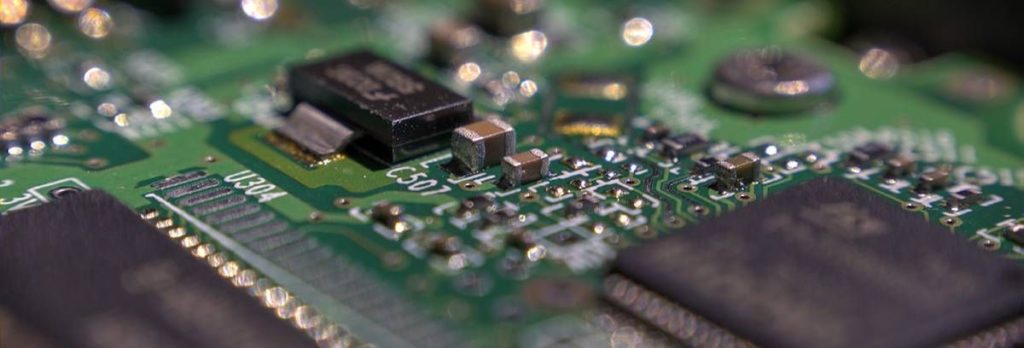
Have you wondered why it is so much more difficult to order new PC’s or components these days?
The 2020–21 global chip shortage is an ongoing crisis in which the demand for integrated circuits (commonly known as semiconductor chips) is greater than the supply, affecting more than 169 industries and has led to major shortages and queues amongst consumers for cars, graphics cards, video game consoles, and other products that require semiconductors.
Causes
The cause of the global chip crisis is a combination of different events with the snowball effect of the COVID-19 pandemic being the primary reason. Other causes have been attributed to the China–United States trade war and the 2021 drought in Taiwan. Lockdowns during the COVID-19 pandemic are the main cause of the global chip shortage. Due to these global lockdowns, chip production facilities were shut down, leading to the depletion of stocks. Due to the pandemic, most people stayed at home and had to upgrade their electronic devices, such as webcams, monitors and computers, in order to work from home and be entertained. In the fourth quarter of 2020, traditional computer sales saw a 26.1 percent growth over the previous year.
In 2020, the United States government placed restrictions on Semiconductor Manufacturing International Corporation (SMIC), China’s biggest chip manufacturer, which made it harder for them to sell to companies with American ties. These restrictions forced companies to use other manufacturing plants like Taiwan Semiconductor Manufacturing Company Limited (TSMC) and Samsung. However, these companies were already producing at maximum capacity.
Taiwan is the leader of the global semiconductor industry, with TSMC alone accounting for more than 50 percent of the global wafer foundry market in 2020. In 2021, Taiwan experienced its worst drought in more than half a century, leading to problems among chip manufacturers that use large amounts of ultra-pure water to clean their factories and wafers. For example, TSMC’s facilities used more than 63,000 tons of water a day, more than 10 percent of the supply of two local reservoirs.
Computers
The global chip crisis made it difficult to acquire a new graphics card, while an increase in cryptocurrency mining in 2021 increased the demand even more. Finding gaming PC components became more difficult and more expensive, and as gaming PCs rely on either AMD or Nvidia to make their discrete (sometimes called dedicated) graphics, both of those companies refreshed their lineups during the pandemic with popular new models that are very difficult to find or priced 50 to 300 percent above MSRP. This is leading to a higher than average delivery time on the purchase of new computer systems.
Resolutions
On February 24, 2021, U.S. president Joe Biden signed an executive order trying to address the chip shortage by reviewing options to strengthen the semiconductor supply chain. Later in April, CEOs of major technology companies and U.S. government officials attended a virtual summit with the White House to talk about improving the resilience of the semiconductor supply chain. In a new virtual meeting on September 23, 2021, which followed another meeting in May, the White House pressed automakers, chip manufacturers and others to provide information on the ongoing crisis that has forced cuts to U.S. automobile production, and to take the lead in helping solve it.
On July 22, 2021, Intel CEO Pat Gelsinger said he expects the chip shortage will get worse in the second half of 2021 and that it will be a year or two before supplies return to normal. On August 19, 2021, Jensen Huang, CEO of Nvidia, said he expects the shortage to continue well into 2022, while AMD CEO Lisa Su said on September 27 that the shortage would improve throughout the second half of 2022, though she warned that supply would remain tight until then. However, IBM CEO Arvind Krishna said on October 11 that any prediction of a resolution to the chip shortage by the end of 2022 is optimistic, and that he sees it “more likely” that the issue won’t be fully solved until 2023 or 2024.


